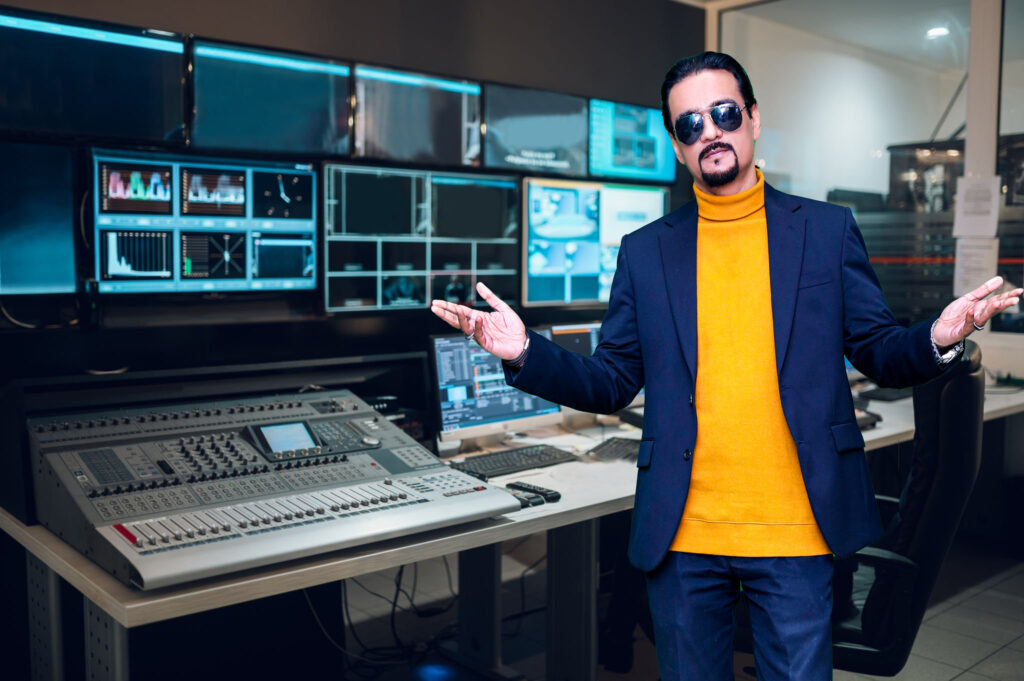Table of Contents
In the world of filmmaking, one of the crucial aspects that contribute significantly to the visual narrative is film color grading. As a filmmaker, I understand the immense impact of well-executed color grading techniques on storytelling, mood setting, and audience engagement. In this comprehensive blog, we will delve into the intricate details of color grading techniques for film, color theory in film, film color correction, color grading software, and professional color grading services that aid in achieving stunning visual effects.
Introduction to Film Color Grading
Color grading is the process of altering and enhancing the color of a motion picture, video image, or still image. It plays a pivotal role in establishing the visual tone and mood of a film, elevating the overall cinematic experience for viewers.
Understanding Color Grading Techniques for Film

Primary Color Correction
Primary color correction involves adjusting the basic attributes of an image such as exposure, contrast, highlights, shadows, and saturation. It forms the foundation for further color grading processes. Imagine a scene shot on a bright sunny day.
Exposure: This adjusts the overall brightness of the image. For example, you might slightly lower the exposure to create a more natural look.
Contrast: This controls the difference between light and dark areas. You might increase contrast to make the scene more vibrant.
Highlights: These are the brightest areas of the image. You could bring down the highlights to prevent them from being blown out (losing detail).
Shadows: These are the darkest areas. You could lift the shadows to reveal more detail without making them completely black.
Saturation: This controls the intensity of colors. You might slightly decrease saturation for a more realistic look.
Secondary Color Correction
Secondary color correction focuses on specific areas or elements within a frame, allowing for targeted adjustments such as isolating and modifying colors of objects or backgrounds.
Example: Let’s say the scene has a blue car that seems too bright and clashes with the background. You can use secondary color correction to target just the blue color and adjust its attributes. You could lower the saturation of the blue to make it less intense, or tweak the hue slightly to make it a cooler blue.
Creative Color Grading Techniques
Creative color grading techniques involve artistic interpretations of color to evoke specific emotions or enhance thematic elements within a scene. This includes stylized grading, color toning, and creating visual motifs.
Stylized Grading: This creates a specific visual style for the film. For instance, a sci-fi movie might use a teal and orange color palette to create a futuristic feel.
Color Toning: This involves applying a subtle wash of color across the entire image. A horror movie might use a green tint to create an unsettling atmosphere.
Visual Motifs: A filmmaker might use a recurring color to represent a theme or character. For example, a character associated with danger could always be bathed in red light.
Exploring Color Theory in Film
Understanding color theory is crucial for filmmakers as colors convey emotions, symbolisms, and narrative themes. By leveraging color harmonies, contrasts, and psychological associations, filmmakers can effectively communicate their intended message to the audience.
Color Harmonies: Colors that naturally complement each other can create a sense of balance and unity. For example, a warm color palette of reds, oranges, and yellows might be used for a sunny beach scene, while a cool palette of blues, greens, and purples could evoke a mysterious forest.
Color Contrasts: Juxtaposing opposite colors on the color wheel creates a dynamic tension. This can be used to highlight a character or object, or to build suspense in a scene. Think of the red dress in Schindler’s List or the glowing blue Na’vi people in Avatar.
Color Psychology: Different colors have ingrained cultural and psychological associations. Red can symbolize passion, danger, or love. Blue can represent calmness, trust, or sadness. Filmmakers leverage these associations to subtly influence how viewers perceive a scene or character.
Film Color Correction Basics
Before diving into advanced color grading, mastering color correction basics is essential. This includes correcting exposure issues, adjusting the white balance for natural color representation, and addressing color imbalances or tinting problems.
1. Fixing Exposure Issues:
Issue: Footage might be too bright (overexposed) or dark (underexposed), losing details in highlights or shadows.
Correction: Adjusting levels or curves in your editing software to bring out details in the highlights and shadows without creating unwanted artifacts.
Example: A scene shot on a sunny beach might have blown-out highlights in the sand. Color correction can recover those details without affecting the overall brightness.
2. White Balance Adjustment:
Issue: The overall color cast of the footage might be skewed towards a certain color temperature, making whites appear too blue or orange.
Correction: Using the white balance tool, you can neutralize the color cast and achieve a more natural look. Imagine a scene shot indoors under fluorescent lights, which have a cool, blueish tint. Color correction can warm up the image for a more natural feel.
3. Addressing Color Imbalance or Tinting:
Issue: Sometimes, specific colors might dominate the scene, or a color cast might affect the entire image.
Correction: Tools like color wheels or selective color correction allow you to target specific colors and adjust their saturation or hue.
Example: A scene shot under heavy foliage might have a strong green tint. Using color correction, you can reduce the green saturation without affecting the natural greens in the scene.
Popular Color Grading Software

Filmmakers have access to various sophisticated color grading software that offer powerful tools for manipulating and refining colors. Notable software includes Adobe Premiere Pro, known for its integrated workflow; DaVinci Resolve, renowned for its advanced color grading capabilities; and Final Cut Pro, preferred for its intuitive interface and efficiency.
Professional Color Grading Services
As a filmmaker, I offer Professional Color Grading Services, providing expertise, efficiency, and consistency. Outsourcing color grading allows filmmakers to focus on creative aspects while ensuring professional-quality visuals that align with their vision. Those interested can reach out to me for more information.
Conclusion
Color grading in filmmaking is essential for shaping visual narratives through techniques like primary and secondary correction, creative grading, and color theory understanding. Mastering basics like exposure and white balance is crucial, and using top software tools like Adobe Premiere Pro and DaVinci Resolve enhances efficiency. Professional services offer consistency, ensuring that color grading becomes an art form that deeply engages audiences and elevates cinematic storytelling.
FAQs
1. What is color grading in filmmaking?
Color grading is the process of altering and enhancing the color of a motion picture, video image, or still image to establish visual tone, mood, and narrative cohesion.
2. What are primary and secondary color correction techniques?
Primary color correction involves adjusting basic attributes like exposure, contrast, highlights, shadows, and saturation for foundational grading. Secondary color correction targets specific areas or elements within a frame, allowing for targeted adjustments to colors.
3. What are creative color grading techniques?
Creative color grading involves artistic interpretations of color to evoke emotions and enhance thematic elements within a scene, such as stylized grading, color toning, and using visual motifs.
4. How does color theory influence filmmaking?
Understanding color harmonies, contrasts, and psychological associations helps filmmakers communicate emotions, symbolisms, and narrative themes effectively to the audience.
5. What are the basics of film color correction?
Basic color correction includes fixing exposure issues, adjusting white balance for natural color representation, and addressing color imbalances or tinting problems in footage.

